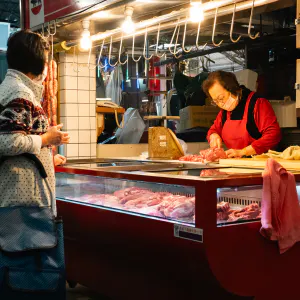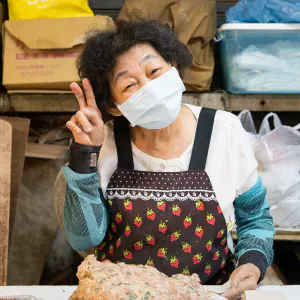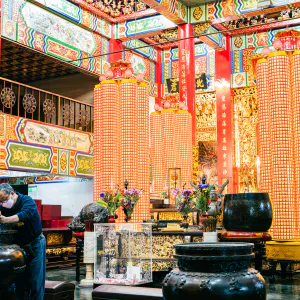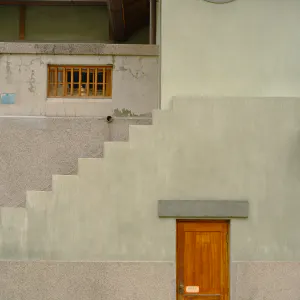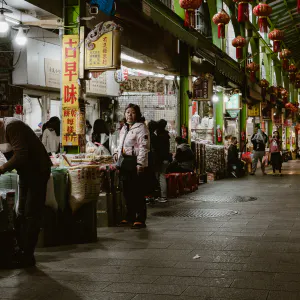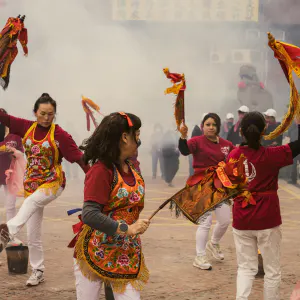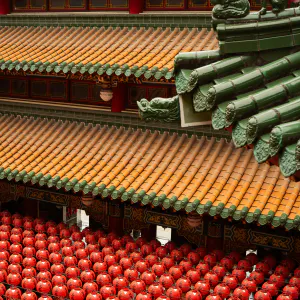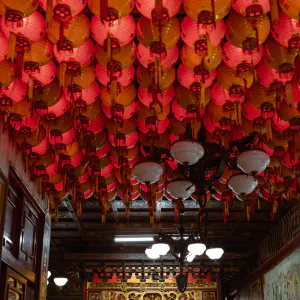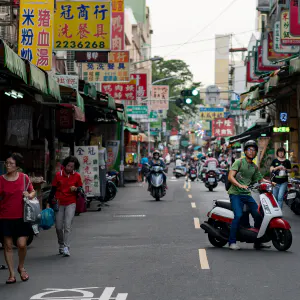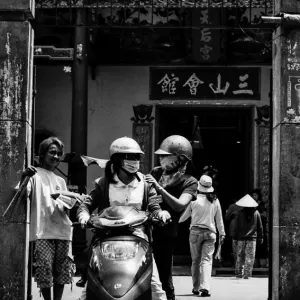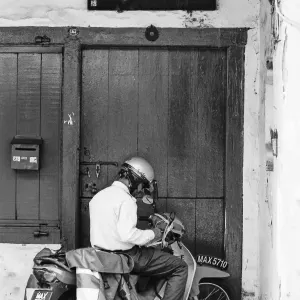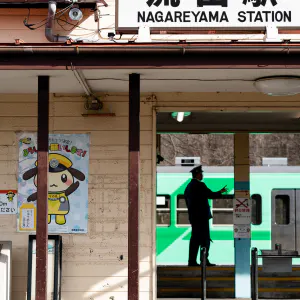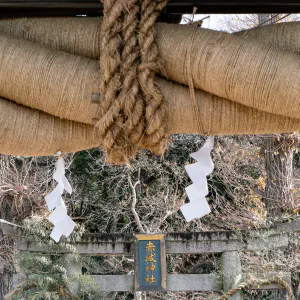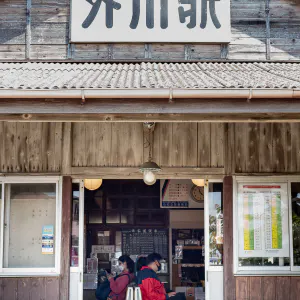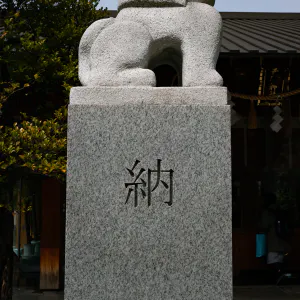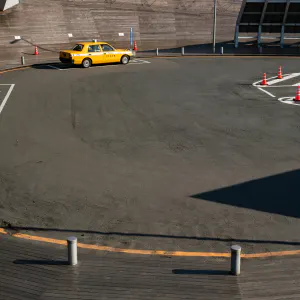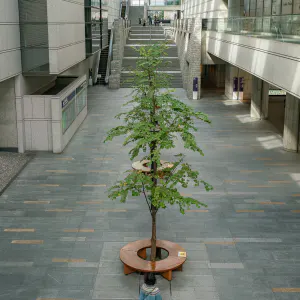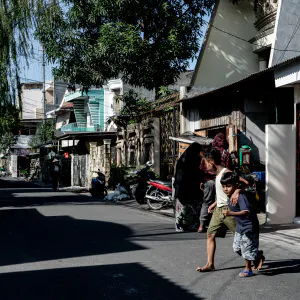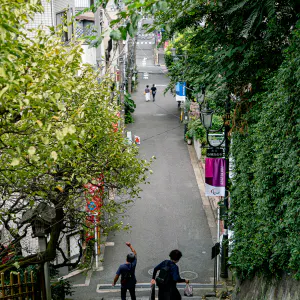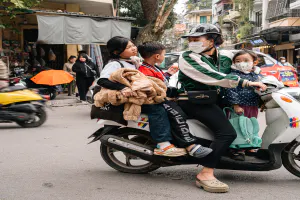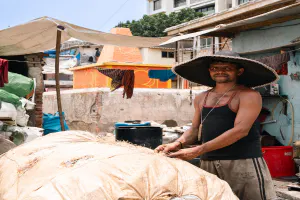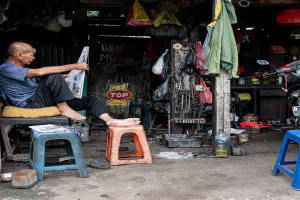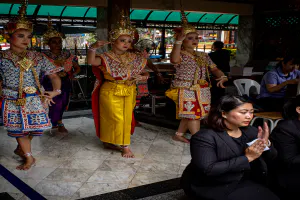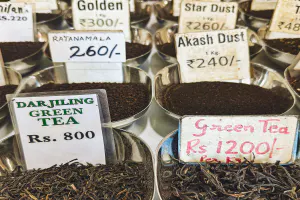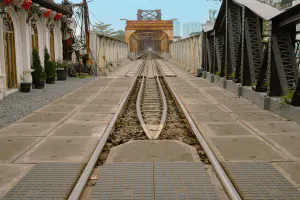A man was eating at a noodle stall on a street corner
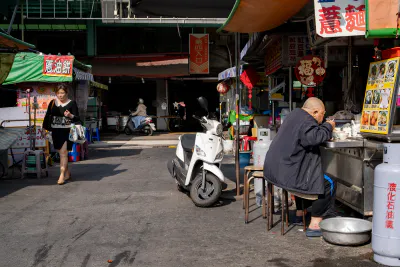
Before the Treaty of Shimonoseki was signed and Taiwan became Japanese territory, Kaohsiung was written in Chinese characters as “打狗.” The word is read as “tākau,” meaning “bamboo forest” in the language of the Macatao tribe. I wondered if the area used to be a bamboo grove in the past, and at the same time, the Chinese characters used in the past made me feel the meanness of the Chinese people. The Chinese characters for “打狗” evoke the meaning of “to beat (打) a dog (狗)." The Chinese people looked down on the people who lived there as if they were barbaric, “beating the dog."
The Chinese, who called themselves the “Chinese (the center of the world)”, have long despised the surrounding ethnic groups and foreigners who did not submit to the imperial court, calling them barbarians. As a part of this, they probably wrote the word “打狗”. The situation changed drastically when China became a Japanese territory. The word “打狗” was vulgar, so the name was changed to Takao, which is close to the pronunciation of “takau,” and is also famous for its autumn foliage in Kyoto. But the story does not end here. During the Japanese colonial period, the name “Takao” was written as “高雄,” but when it became a territory of the Republic of China, the Chinese character “高雄” was retained and the name was changed to “Kaohsiung”, which has continued to the present. This is an interesting transition, as the reading of the kanji place name was changed around the reading, and then the reading was changed around the kanji place name.
| Sep 2024 IN THE CITY TAIWAN | |
| CHINESE CHARACTER FOOD STALL KAOSHIUNG MOTORBIKE |
PHOTO DATA
No
12645
Shooting Date
Mar 2024
Posted On
September 8, 2024
Modified On
October 4, 2024
Place
Kaoshiung, Taiwan
Genre
Street Photography
Camera
SONY ALPHA 7R V
Lens
ZEISS BATIS 2/40 CF

